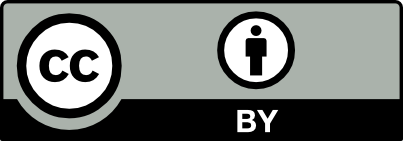| Name | Speichervolumen | Metadaten | Upload | Aktion |
|---|
Alternativer Identifier:
(KITopen-DOI) 10.5445/IR/1000096833
Ersteller/in:
Jordan, Thomas [Jordan, Thomas]
Beitragende:
(Other)
(Other)
(Other)
Friedrich, Andreas [Friedrich, Andreas]
(Other)
Veser, Anke [Veser, Anke]
(Other)
Kotchourko, Natalie [Kotchourko, Natalie]
Titel:
PRESLHY Experiment series E3.1 (Cryogenic Hydrogen Blow-down/Discharge) results – part A "high pressure"
Weitere Titel:
-
Beschreibung:
(Abstract)
In the frame of the PRESLHY project more than 200 hydrogen blow-down experiments were made with the DisCha-facility at KIT and about half of the experiments were made at cryogenic temperatures (approx. 80 K). During the experimental campaign the facility was continuously improved and extended, since...
(Technical Remarks)
Result dataset files in Excel format of the sub-set of experiments with most mature measurement set-up. Data for all initial pressure levels, but same temperature (tt=80K/300K) and same nozzle diameter (mm=05/1/2/4mm) packed in zip file, named PRE3P1A_KIT_Dmm_ttK_DATA.zip
Schlagworte:
Hydrogen safety
cryogenic
release
liquid hydrogen
blow-down
discharge
cryogenic
release
liquid hydrogen
blow-down
discharge
Sprache:
-
Herausgeber/in:
Erstellungsjahr:
Fachgebiet:
Engineering
Objekttyp:
Dataset
Datenquelle:
-
Verwendete Software:
-
Datenverarbeitung:
-
Erscheinungsjahr:
Rechteinhaber/in:
Jordan, Thomas
Förderung:
-
Status:
Publiziert
Eingestellt von:
kitopen
Erstellt am:
Archivierungsdatum:
2023-06-21
Archivgröße:
1,3 GB
Archiversteller:
kitopen
Archiv-Prüfsumme:
b4d245866b7daed5705a06415a83b013
(MD5)
